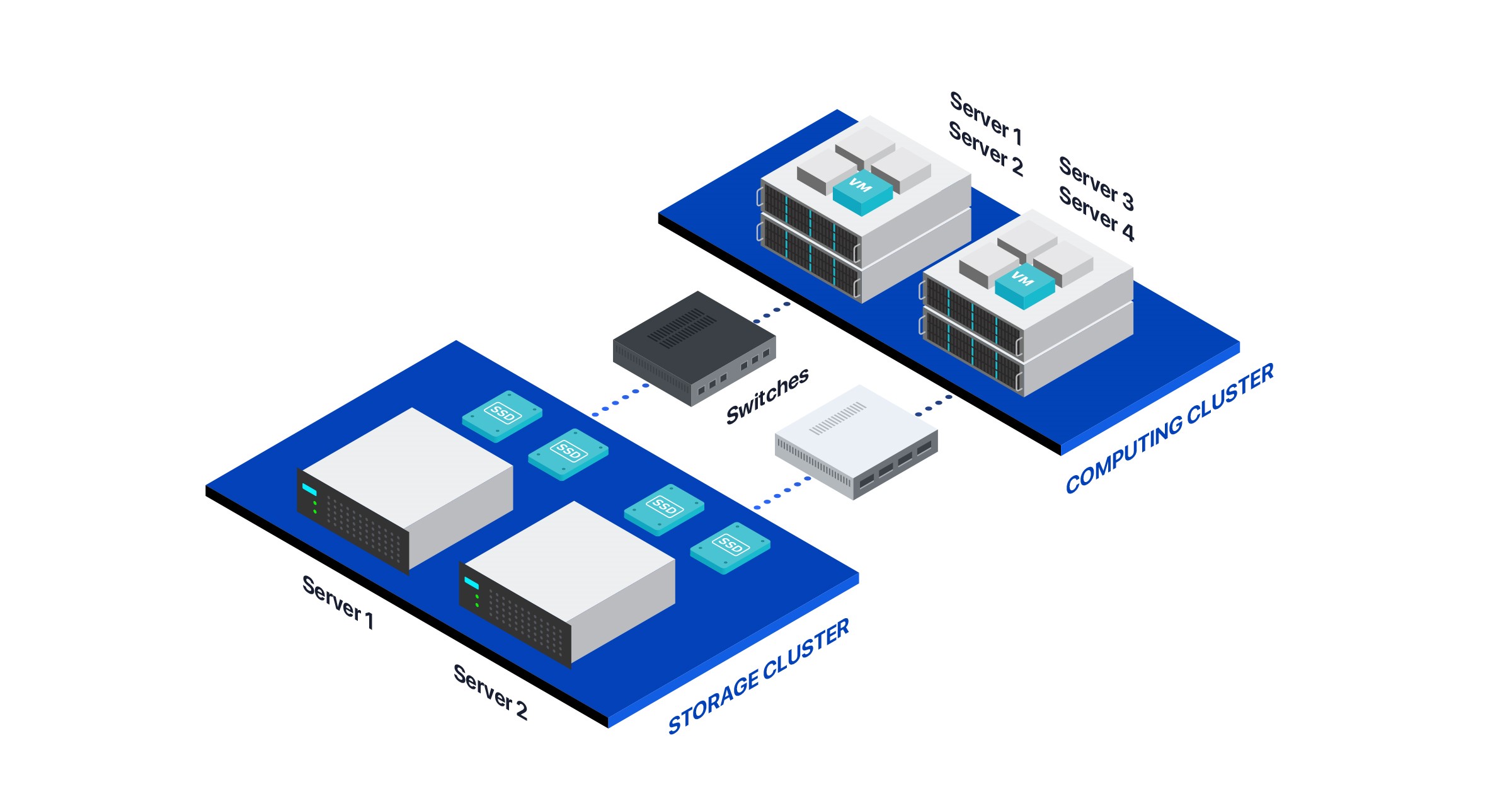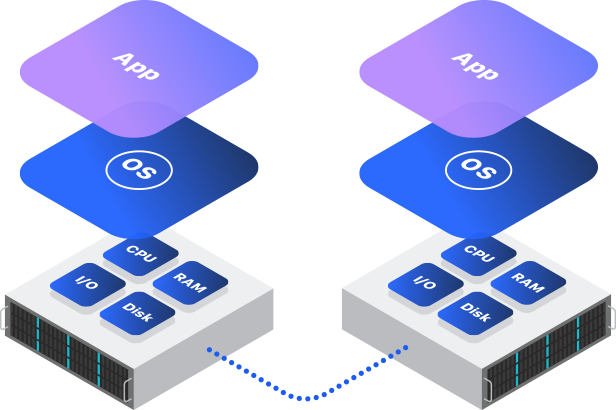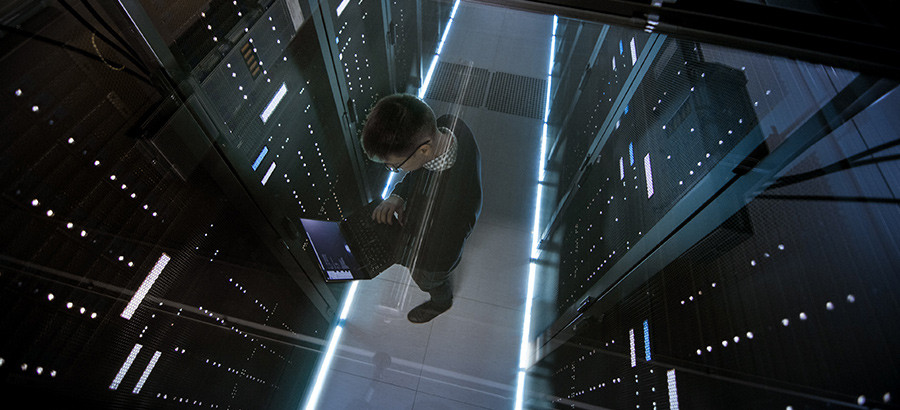- Advertising
- Bare Metal
- Bare Metal Cloud
- Benchmarks
- Big Data Benchmarks
- Big Data Experts Interviews
- Big Data Technologies
- Big Data Use Cases
- Big Data Week
- Cloud
- Data Lake as a Service
- Databases
- Dedicated Servers
- Disaster Recovery
- Features
- Fun
- GoTech World
- Hadoop
- Healthcare
- Industry Standards
- Insurance
- Linux
- News
- NoSQL
- Online Retail
- People of Bigstep
- Performance for Big Data Apps
- Press
- Press Corner
- Security
- Tech Trends
- Tutorial
- What is Big Data
World Backup Day: How Important is Backup in Infrastructure Services?
March 31 is known as World Backup Day. Working in infrastructure services means we know a thing or two about backups and their importance for businesses of all types and sizes. Since natural disasters, device failures, human errors, and cyberattacks can all lead to loss of data, it’s best for you to back up properly and regularly.
Let’s check out some statistics on backup, outages, and cybercrime, and then discuss some tips and tricks for an effective disaster recovery plan for your business.

We’ve run a quiz for Halloween, where more system administrators answered that human error is the scariest thing that can happen in a data center, and not fire. In light of recent events, it might be that sysadmins would answer differently now.
Natural disasters can and will occur occasionally, and we all need to be prepared. Besides disasters, errors made by humans, device failures, and cybercrime all bring about the need to have proper disaster recovery plan in place for your business.
You want to ensure business continuity whenever something unexpected happens, be it natural, or man-made. Your business relies on servers and, clearly, on your backups as well.
Before we jump straight to our suggestions for disaster recovery, let’s check some stats on outages and cyberattacks.
Backup, Disaster Recovery, and Cyberattacks Statistics
According to Datto, an hour of downtime costs around $8k for a small business, $74k for a medium one, and up to $700k for a large enterprise.
According to a 2019 LogicMonitor study, 96% of organizations have experienced at least one outage in the past three years, while 55% of them experienced five or more outages during that period.
The same report states that IT decision-makers believe that 51% of outages could have been avoided.
LogicMonitor also found that organizations that experiences outages or brownouts have 16 times higher costs than companies with fewer outage instances.
Reported data breaches in 2020 have shown a high growth from the previous year, with healthcare as the most affected industry.
According to Bitdefender’s Threat Landscape Report 2020, there has been a seven-fold year-on-year increase in ransomware reports.
A Unitrends survey from 2019 showed that 84% of all businesses store data or backups in the cloud.
Fun Fact: Did you know that Toy Story 2 almost got deleted but their backup saved the day?
Tips for a Proper Backup and Disaster Recovery Plan

A disaster for business can mean anything from a natural event, such as a fire, a flood, or an earthquake, to device failures, human errors, or ransomware. That is why disaster recovery means planning for different circumstances preemptively.
To keep your business as safe as possible, you should:
- Assess risks and analyze business impact;
- Identify security vulnerabilities;
- Have preventive measures in place;
- Backup data to physical off-site locations or cloud storage;
- Backup on a regular basis;
- Use single-tenant servers;
- Use backup mirroring techniques and snapshots;
- Use redundancy whenever possible;
- Test your backup or disaster recovery plan;
- Establish a proper disaster recovery team;
- Update your backup and disaster recovery plan along with your business.
How We Deal with Backup and Disaster Recovery
By using bare metal servers you can enjoy security from the start: bare metal servers are dedicated servers with single tenant users, so the security risk is close to none if configured properly. Our sysadmins have a lot of experience on their hands.
More often than not, with most disaster recovery plans, restoring from backup will take a few hours at best, which means your business will be offline during the restore phase. To ensure business continuity with minimal or no downtime, there are several options available that can guarantee your business will continue working as normal even when errors occur.
Infrastructure backups can be of different types. The external backup service offered by Bigstep is stored on separate servers and includes the option of bare metal restore, just in case nothing can be recovered from your main production server.
In addition, the Bigstep Metal Cloud platform also offers the disk snapshot feature as an extra security layer, and there’s more! Bigstep Metal Cloud instances can be replaced in a matter of minutes, in case of hardware issues. This means that an identical machine can be provisioned quickly to replace a defective one, which would take at least a few hours in the case of classic dedicated machines.
Another good strategy to avoid data loss is redundancy. Having two separate servers that perform the same task, with a loadbalancer in front, means that your business will not go offline even if one of them fails completely. Talk about no revenue loss!
World Backup Day 2021 Offer
For World Backup Day 2021 we have a special offer: get two bare metal servers to build a redundant setup for your business and benefit from a considerable discount.
Contact us today and mention your concerns about disaster recovery and we’ll show you step by step how to choose the best cost-performance backup solution for your business.

The World Backup Day Pledge, with a Bigstep twist:
We solemnly swear to back up everything, not only on March 31st, but throughout the year!
Readers also enjoyed:

Five Ways to Secure a CentOS 8 Server


Leave a Reply
Your email address will not be published.